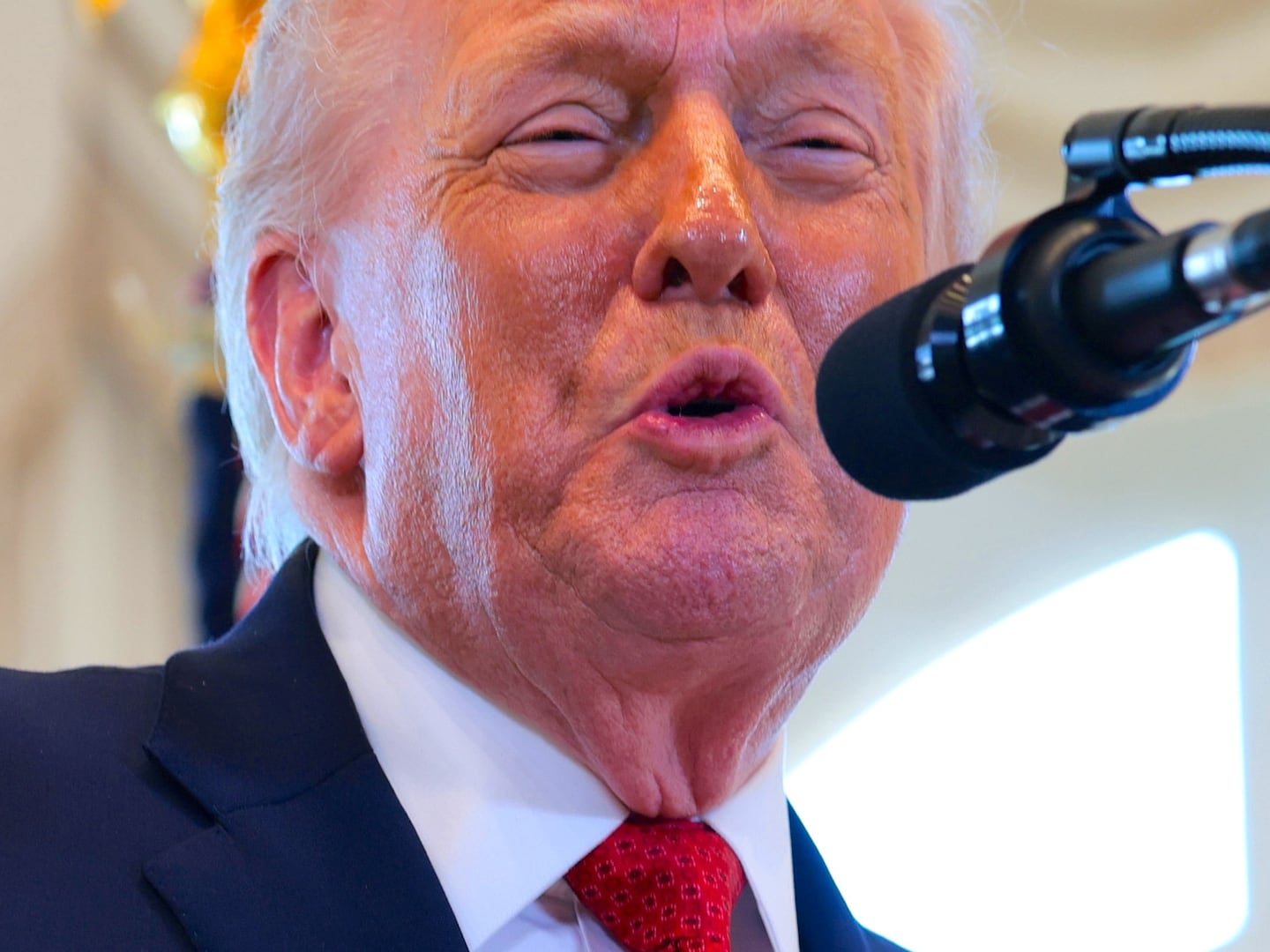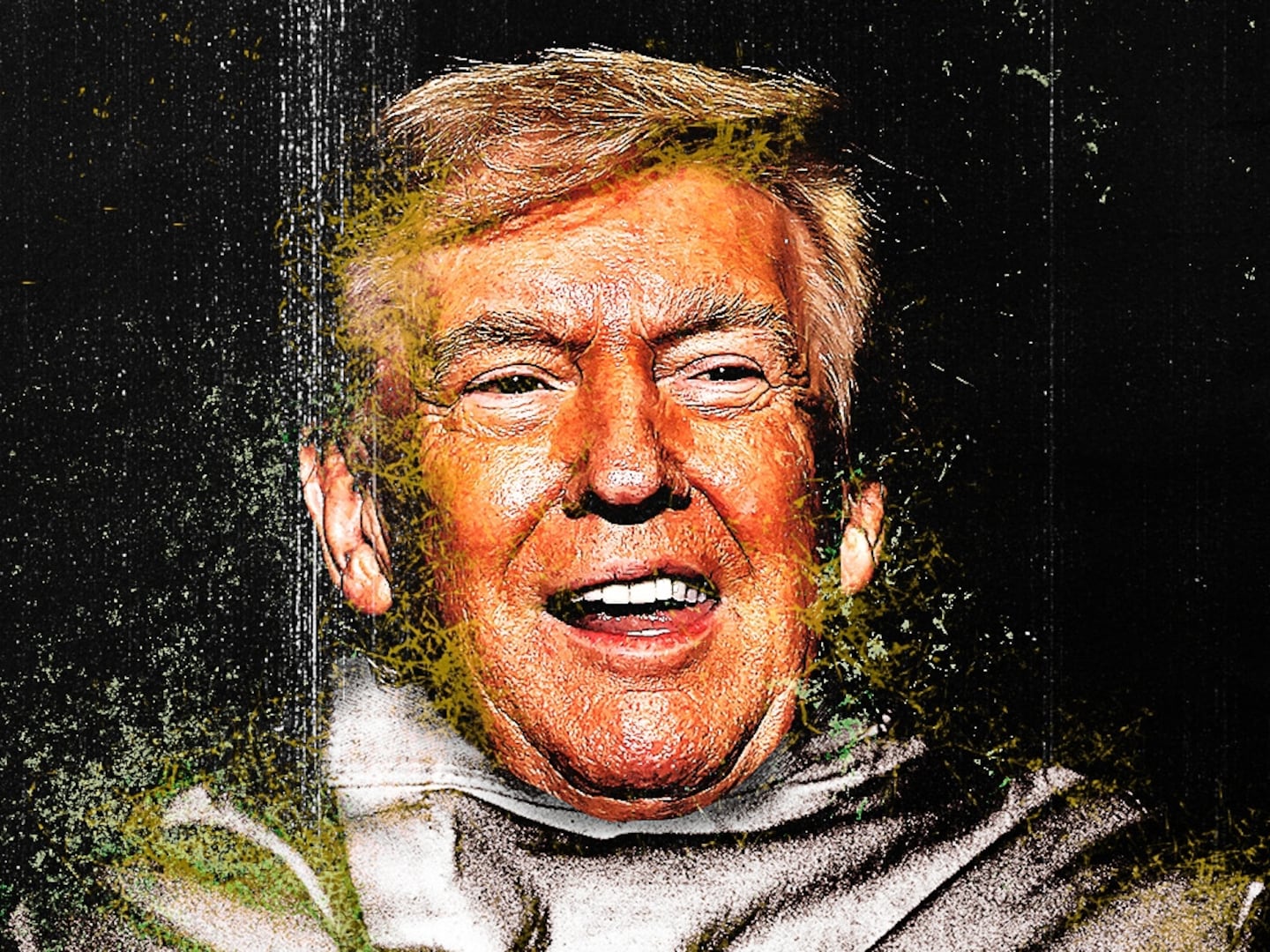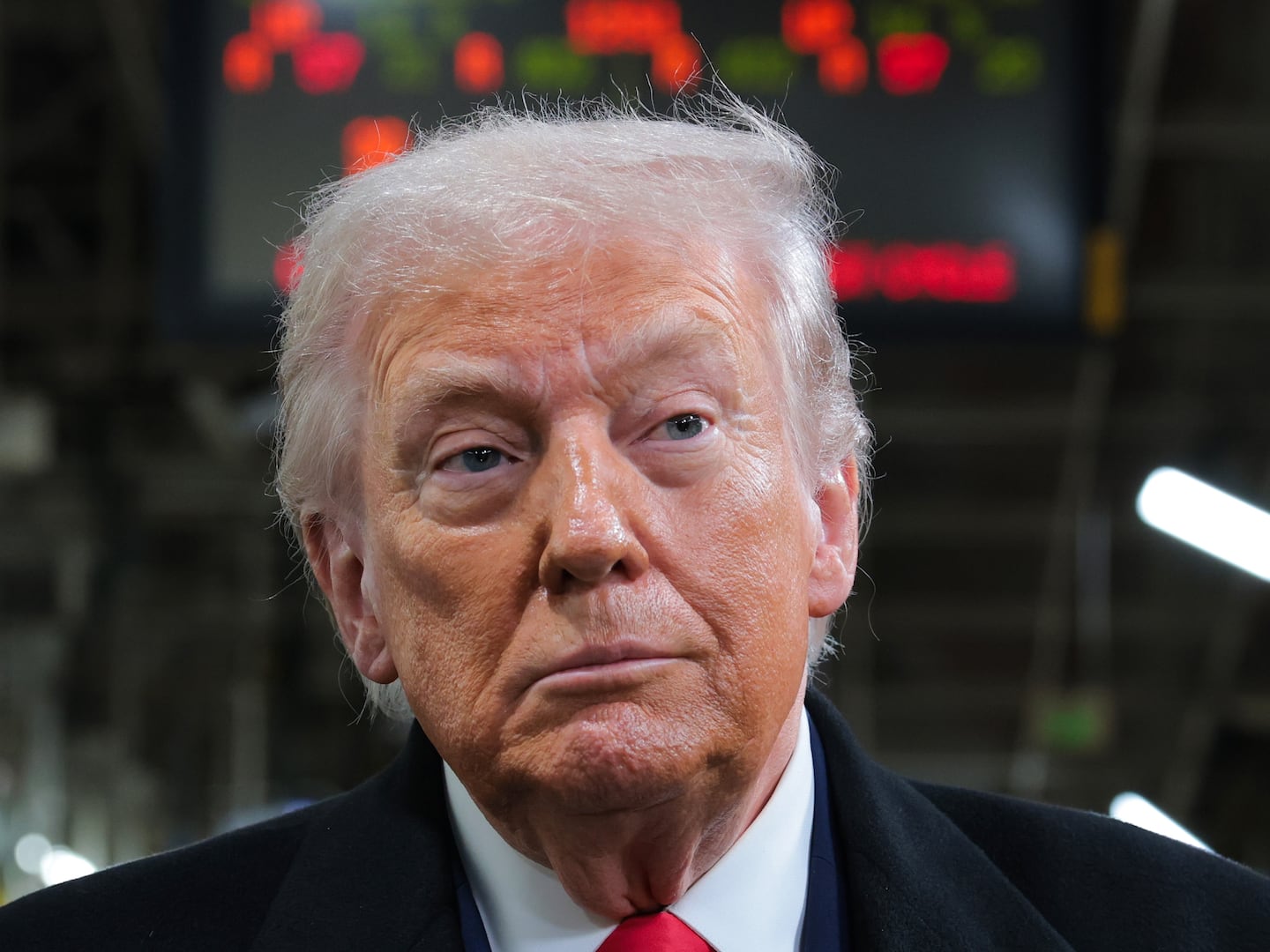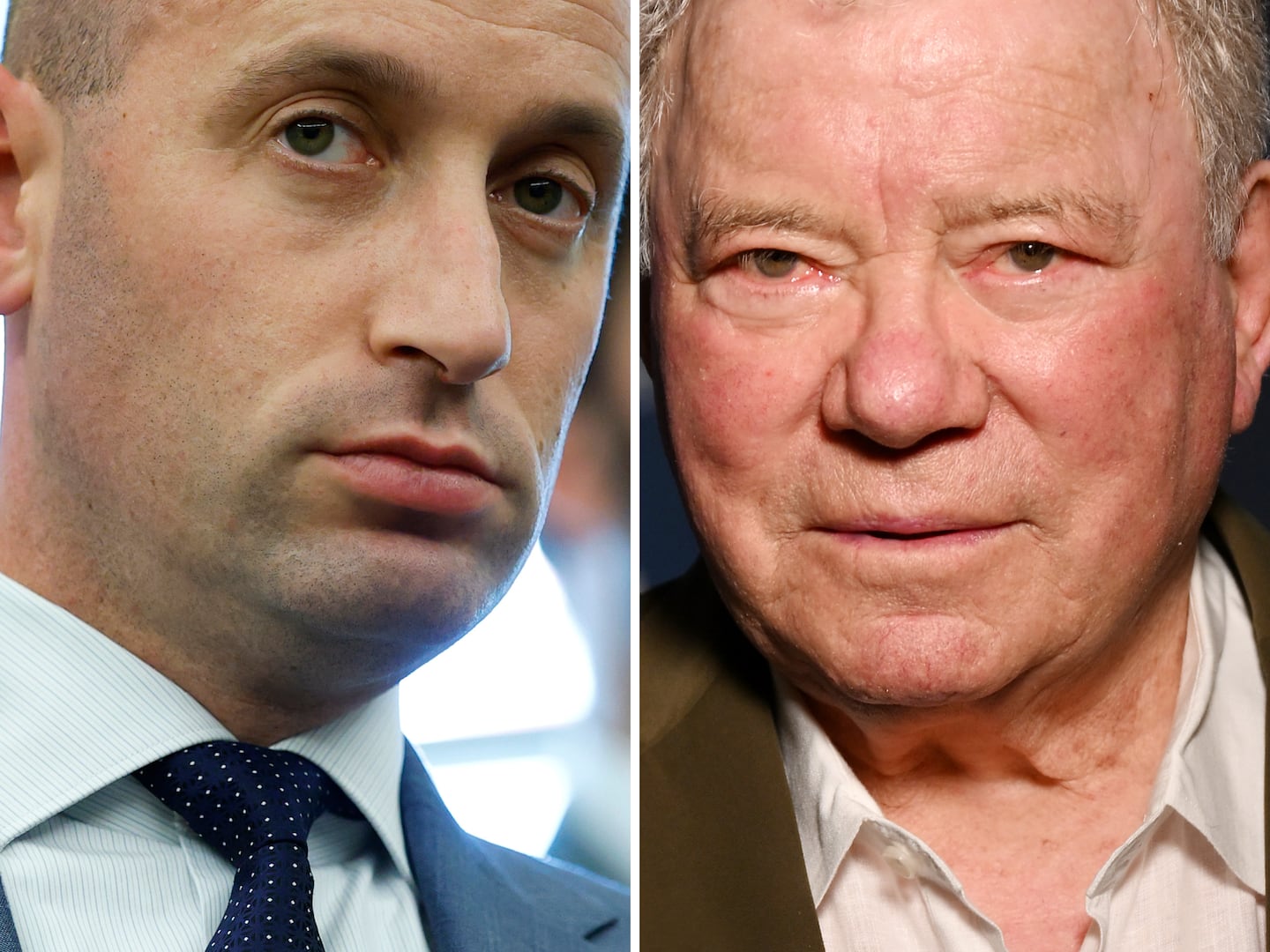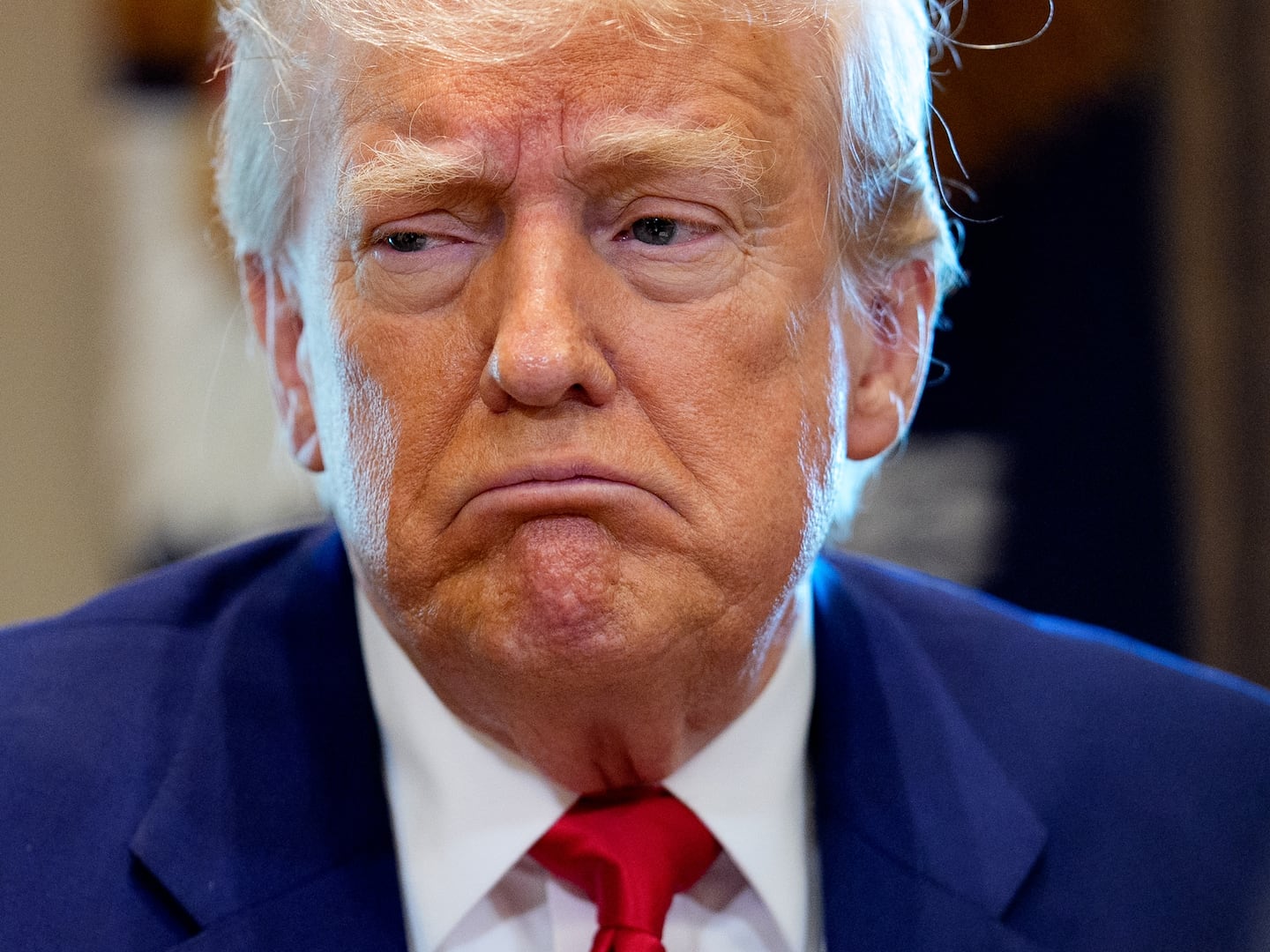Lawyers in the case against 21-year-old Boston Marathon bombing suspect Dzhokar Tsarnaev are set to present their opening statements on Wednesday. He’s pleading not guilty to all 30 charges against him, 17 of which carry the death penalty. The case will likely be tried in two phases, one where the jury decides if he’s guilty, and if they do, another trial will follow where the jury then decides whether to not to sentence him to death.
The general prediction is that there will indeed be a sentencing trial. Most people in eastern Massachusetts think Tsarnaev is guilty.
Sixty-eight percent of people called in the first phase of jury selection to be exact, and about 90 percent think he is guilty or probably guilty, according to a Boston Globe poll. Judging from pretrial motions, even though Tsarnaev is pleading not guilty, his lawyers don’t plan to shake the assumption of his guilt up entirely. In fact, the not-guilty plea may serve more as a legal strategy to lay the grounds for an appeal if he is sentenced to death.

Instead his lawyers seem poised to argue that Dzhokhar, who was 19 years old at the time of the marathon bombings, was coerced into setting off the deadly bombs by his older and more radical 26-year-old brother Tamerlan, who died in a shootout with police.
But while it’s true that Tsarnaev is facing “seemingly overwhelming evidence,” there is still a lot about the bombing that the public—and more importantly, the government—still doesn’t know.
Specifically, information regarding bombs themselves.
The government first admitted that there was a lingering mystery surrounding the explosives in a pretrial argument last May. The defense was attempting to bar the government from using Tsarnaev’s statements to FBI agents from his hospital bed at the Beth Israel Deaconess Medical Center shortly after he was detained.
He was suffering from gunshot wounds to the throat and head. The agents never read his Miranda rights and denied his initial requests for an attorney.
The government justified this, citing a public safety exception, arguing that the pressure cooker bombs set off at the marathon finish lead investigators to believe the Tsarnaevs may have had co-conspirators.
“These relatively sophisticated devices would have been difficult for the Tsarnaevs to fabricate successfully without training or assistance from others,” said the Massachusetts U.S. Attorney’s Office.
The office also countered earlier reports leaked by anonymous law enforcement sources that the bombs were built at Tsarnaev’s apartment.
They added that Tsarnaev would have had to crush and empty hundreds of fireworks filled with fine black powder to obtain enough explosive fuel. Investigators expected to find traces of this powder, “Yet searches of the Tsarnaevs’ residences, three vehicles, and other locations associated with them yielded virtually no traces of black powder, again strongly suggesting that others had built, or at least helped the Tsarnaevs build, the bombs, and thus might have built more.”
More than a year after the attack, the government seemed to be countering the established narrative that the Tsarnaevs acted as “lone wolves” and planned the attack without any outside help. It was startling and, on the other hand, it is possible that prosecutors were emphasizing the risk that the Tsarnaevs had help building their bombs to win a legal argument.
The government later decided it would not use Tsarnaev’s hospital bed statements in court anyways, and the issue was brushed aside. Then, months later in October 2014, it came up again when Tsarnaev’s friend Robel Phillipos was tried for lying to the FBI.
An agent testified that a year and a half after the explosions that the FBI still didn’t know where the Tsarnaevs allegedly built their bombs.
I was concerned. To me, it seems as if the government still doesn’t know where the bombs were built, then a big part of the story about the 2013 Boston Marathon is still missing, and I wasn’t alone.
Kade Crockford, the director of the Technology for Liberty program, at the Massachusetts chapter of the American Civil Liberties Union, has been following this case closely.
“There is potentially a master bomb maker on the loose,” she said.
She argues that the lingering mystery surrounding the bombs is proof that government surveillance “amassed in the wake of 9/11” is ineffective.
Here is what we do know about the bombs: They were made out of pressure cookers and filled with nails and shrapnel. According to the U.S. attorney’s office, “The Marathon bombs were constructed using improvised fuses made from Christmas lights and improvised, remote-control detonators fashioned from model car parts.” Dzhokar allegedly bought gunpowder from a New Hampshire fireworks chain. And on his hospital bed, Tsarnaev reportedly told investigators that he learned to build the bombs from the English-language al Qaeda magazine Inspire.
But while it’s true the Summer 2010 issue of Inspire boasts the infamous instructional feature “How To Build A Bomb In The Kitchen of Your Mom,” and a later issue of the magazine took credit for teaching the Tsarnaevs how to make the explosives, there isn’t anything in the magazine about adding a remote transmitter.
So should we be freaking out? According to the explosive experts I spoke to, yes and no. Surprisingly, none of the explosives experts I spoke with were concerned about uncertainty around the exact location of where the bombs were built.
Jimmi Oxley, a professor who runs University of Rhode Island’s Explosives Lab, said finding trace residue simply concerns how messy the bomb builders are—kind of like cooking.
“I usually start with a chocolate chip cookie," she explained. "Say some of you spilled the crumbs on the couch and some of you didn’t and some of you who spilled the crumbs [used] the vacuum.”
In general, the experts told me, pipe and pressure bombs are easy to build—maybe alarmingly so. But Van Romero, vice president of research at the New Mexico Institute of Mining and Technology, believes the explosions that went off at the marathon were sophisticated.
The institute where Romero works operates the Energetic Materials Research and Testing Center, the most active explosives testing facility in the U.S.
Investigators use the center to test models of bombs used in terrorist attacks, and Romero frequently helps build them.
Romero says what concerned him about the marathon attacks was that the bombs went off seconds apart—and flawlessly.
“The fact that the two were almost set of simultaneous explosions within a short period of time would indicate, to me, that there was certainly some coordination planning,” said Romero. “You just can’t count [on] luck to do something like that.
“Well, I guess you could, but the probability would be pretty low,” he said.
“Whenever you trigger something, there is a sequence of events that has to take place—particularly if it’s not a suicide-type machine. You have to plant the bomb, [then] you have to get away from it.”
Romero added that, even if the Tsarnaevs were helped, it may have only been indirectly.
“It depends on what you mean by help. If there is a co-conspirator in the laboratory someplace, I don’t think they needed it. If you mean by help someone who provided them insight or training—that could be a real possibility.”
Spokesperson Christina Sterling from the Massachusetts U.S. Attorney’s Office declined to comment for this story, citing the ongoing trial.


